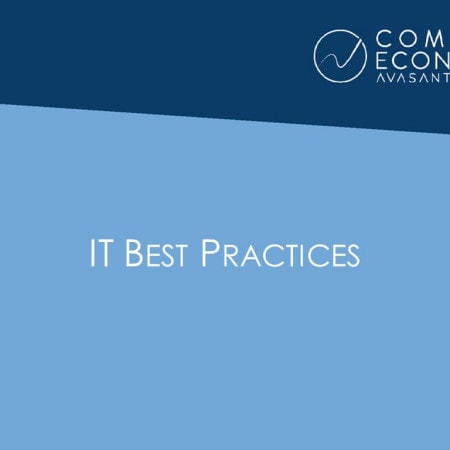-

Predictive Analytics ROI and TCO Experience
Business intelligence (BI) solutions are moving beyond monitoring business activity to making predictions about customers, products, and markets. The ultimate objective is to make predictions in real-time so decisions can be automated to increase customer value, reduce fraud, improve operations, or achieve other purposes. This study examines adoption trends for predictive analytics, providing data on how many organizations have the technology in place, how many are implementing it, and how many are expanding implementations. We examine return on investment (ROI) experience, and total cost of ownership (TCO) risk, measured by the percentage of organizations that exceed TCO budgets. We conclude with recommendations on implementing the technology. (13 pp., 7 figs.) [Research Byte]
April, 2011
-

Business Intelligence Adoption Trends and Economic Experiences
Nearly 60% of organizations are investing in BI initiatives this year. Yet, obtaining a positive return on investment is not easy. This study provides technology adoption statistics and reports on the ROI and TCO experiences of organizations that have implemented BI solutions, based on our most recent annual survey of over 200 IT organizations. The results are presented for the entire sample and by organization size and sector. We conclude with precautions that IT managers should take to control the total cost of ownership for business intelligence applications. (7 pp., 12 figs.)[Executive Summary]
October, 2008
-

Guiding Successful Business Intelligence Initiatives
Today, enterprises rely on many systems to run the business: SCM, ERP, CRM, POS systems, call centers, and e-commerce and online customer touch-points. Each of these systems produces volumes of data about customers, transactions, sales, inventory, and human resources. The problem becomes how to amass this data and turn it into actionable information for decision makers across the enterprise. This is the focus of the business intelligence (BI) environment, enabling an enterprise to wring greater business insight from the increasing volumes of data. This article looks at the technology that drives the business case for BI and at how this technology is integrated into business decision making.
November, 2004

 Grid View
Grid View List View
List View